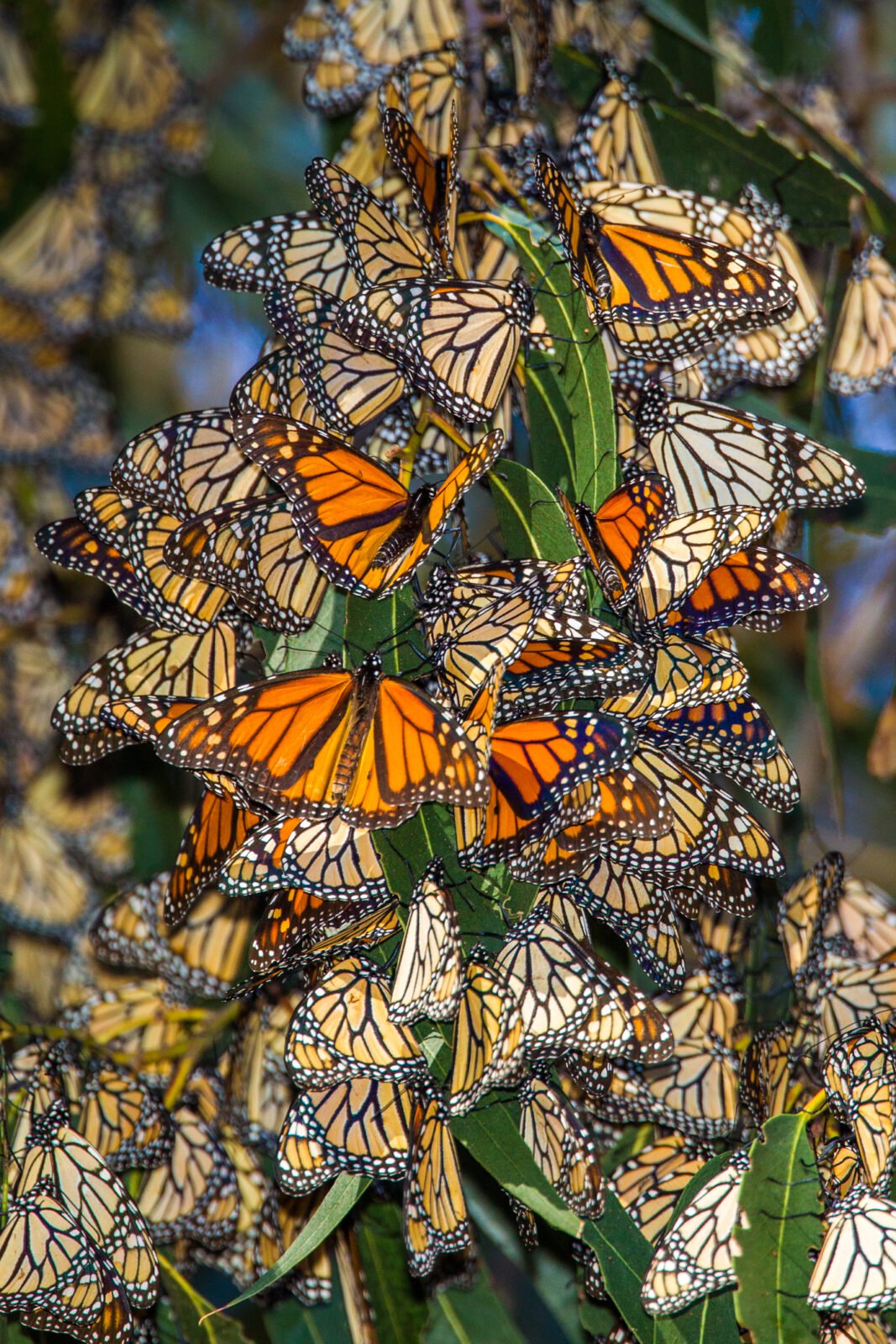
Native News Recap: 2022
Here’s a native news recap looking back at some of the biggest native plant news stories of the...
One summer day working at a client’s garden doing routine maintenance, I caught a whiff of a fragrance on the breeze. After searching for the source, I came upon a mid-sized shrub full of narrow, spike-like creamy white flowers with an extremely sweet fragrance that was alive with insects. That was my first experience seeing a Sweetbush (also known as Clethra alnifolia or Sweet Pepperbush) at its peak of bloom and fragrance, and I will never forget it. Clethra is one of the best shrubs for late summer color and fragrance.
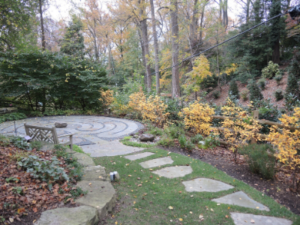
Clethra has lots of other reasons to grow besides the knock-out fragrance and the beautiful abundant flowers. The yellow fall color is a standout, and the shrubs shine with a clear yellow light even on a dreary day. Exfoliating bark with glossy dark green leaves, the fragrant flowers are followed by brown capsules, which attract small mammals and birds. All these attributes give this shrub exceptional four season interest in the landscape. A tall (6-10’’), many branched, deciduous shrub, clethra often spreads into mounded clumps.
Culture
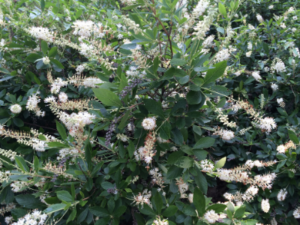
Clethra is easily grown in average, medium to wet soils in full sun to part shade. A valuable plant for wet situations where many other shrubs would die, it tolerates clay soils and full shade. Sending out suckers or runners, you can easily remove these unless you want it to naturalize. Prune if needed in late winter to shape the shrub, but many times, I leave it alone. Since the shrub blooms on new growth, pruning can be done without any harm to the future flowering. Sometimes after a harsh winter, pruning is a good way to rejuvenate the shrub, removing any old or weakened branches. Clethra tolerates occasional flooding, actually thriving in wet soil, which makes this a perfect rain garden plant.
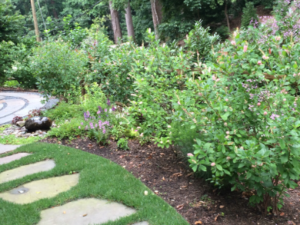
Native from Maine to Florida and west to Texas, it is found in the wild in mashes, stream banks, and along seashores. Flowering in mid to late summer when most shrubs are done, the flowers are like magnets for butterflies, hummingbirds, and bumblebees, honey bees, and other native bees – a huge draw! Even in shade, Clethra will flower profusely, so it is a great native for woodland gardens.
I like to group the shrubs in borders for dramatic impact. After I designed a healing labyrinth for a client, I surrounded it with Clethras which light up the entire area in the fall with their yellow color. Rarely bothered by deer and not troubled with disease or insects, this is an extremely versatile native shrub. Noted plantsman Michael Dirr says of this plant, “This is one of my favorite shrubs and the more I work with it, the greater my appreciation for its user-friendly nature”.
Ready to add this beauty to your home? Shop Clethra Now! Additional Photos of Clethra:

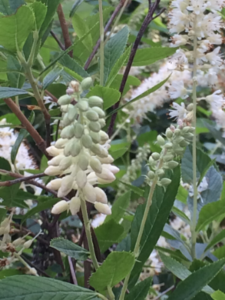

Claire is a horticulturalist and landscape design consultant. Owner of Claire Jones Landscapes, LLC, Claire’s designed gardens have been featured in print publications like WSJ and Style Magazine. A garden writer at The Garden Diaries, Claire maintains 3 honeybee hives and gardens at her home in Maryland.

Here’s a native news recap looking back at some of the biggest native plant news stories of the...
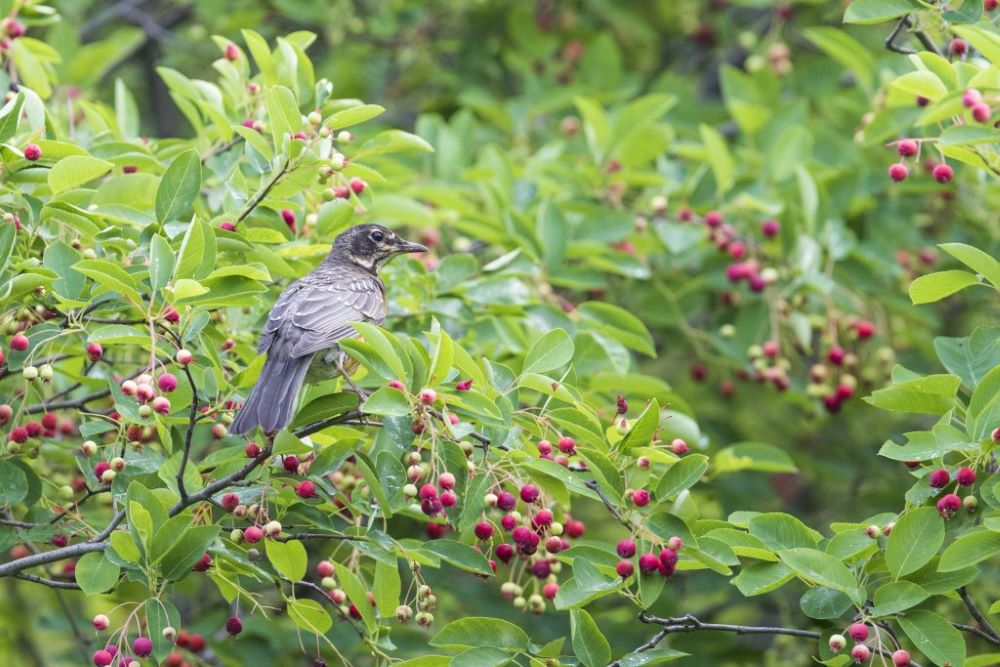
In the past we have emphasized the importance of keystone species in supporting bird populations,...
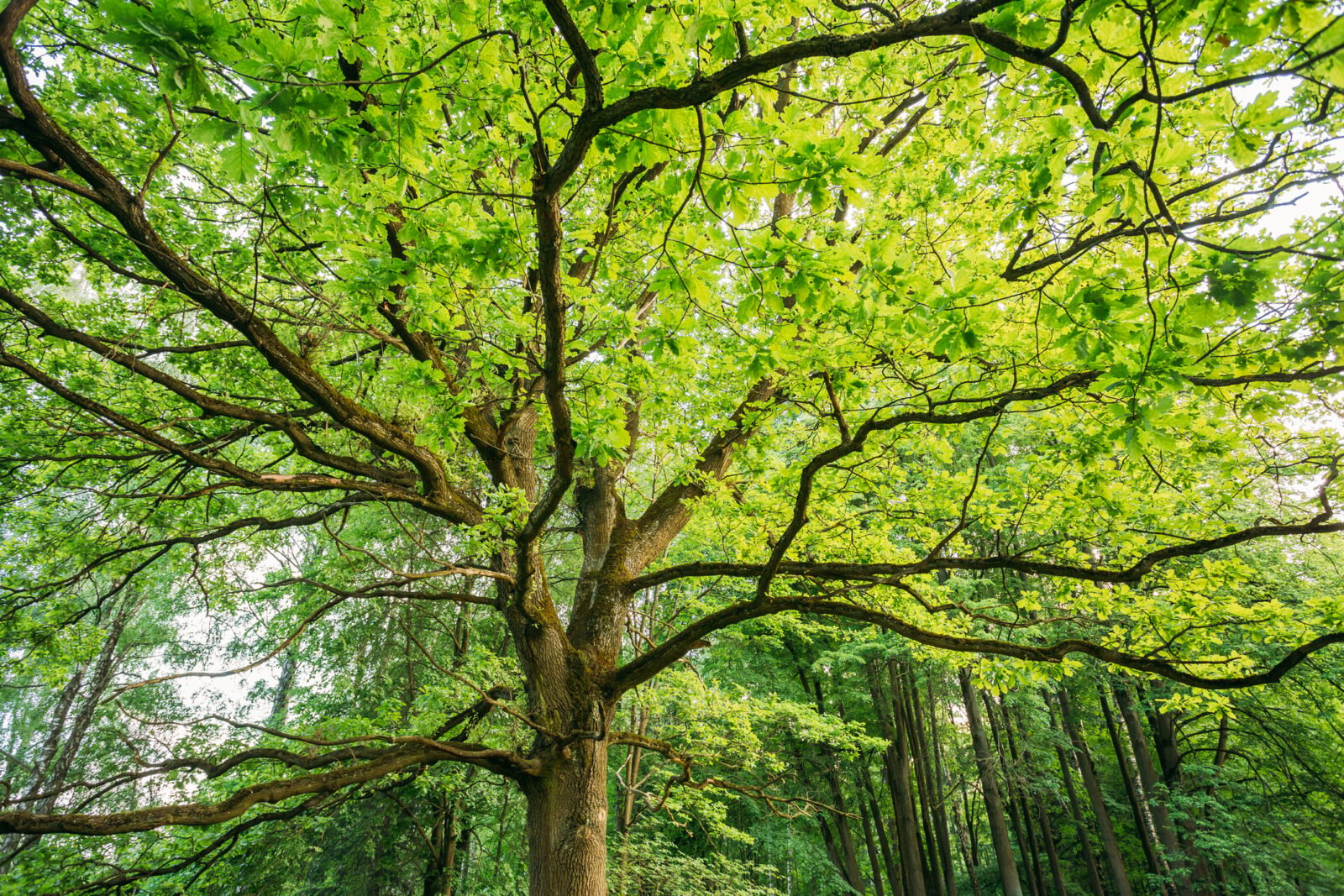
Perennials are the stars of most gardens, and no wonder! They provide a variety of shapes and col...
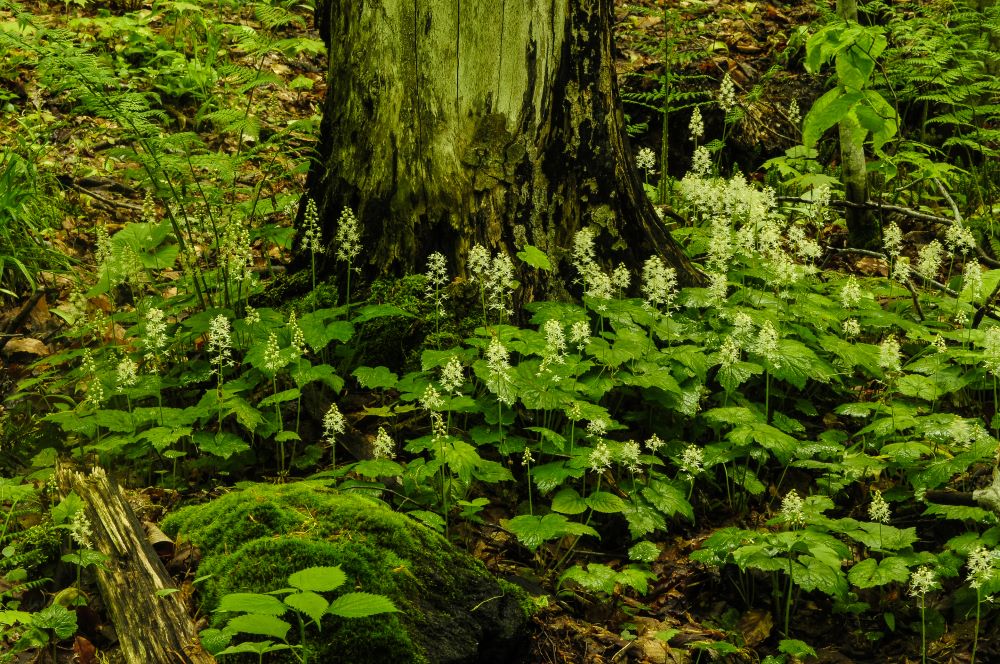
These native ground covers for shade make a perfect living mulch by holding in moisture, keeping ...

Gardening is ‘In’! Over the past two years gardening has suddenly become very popular with pe...
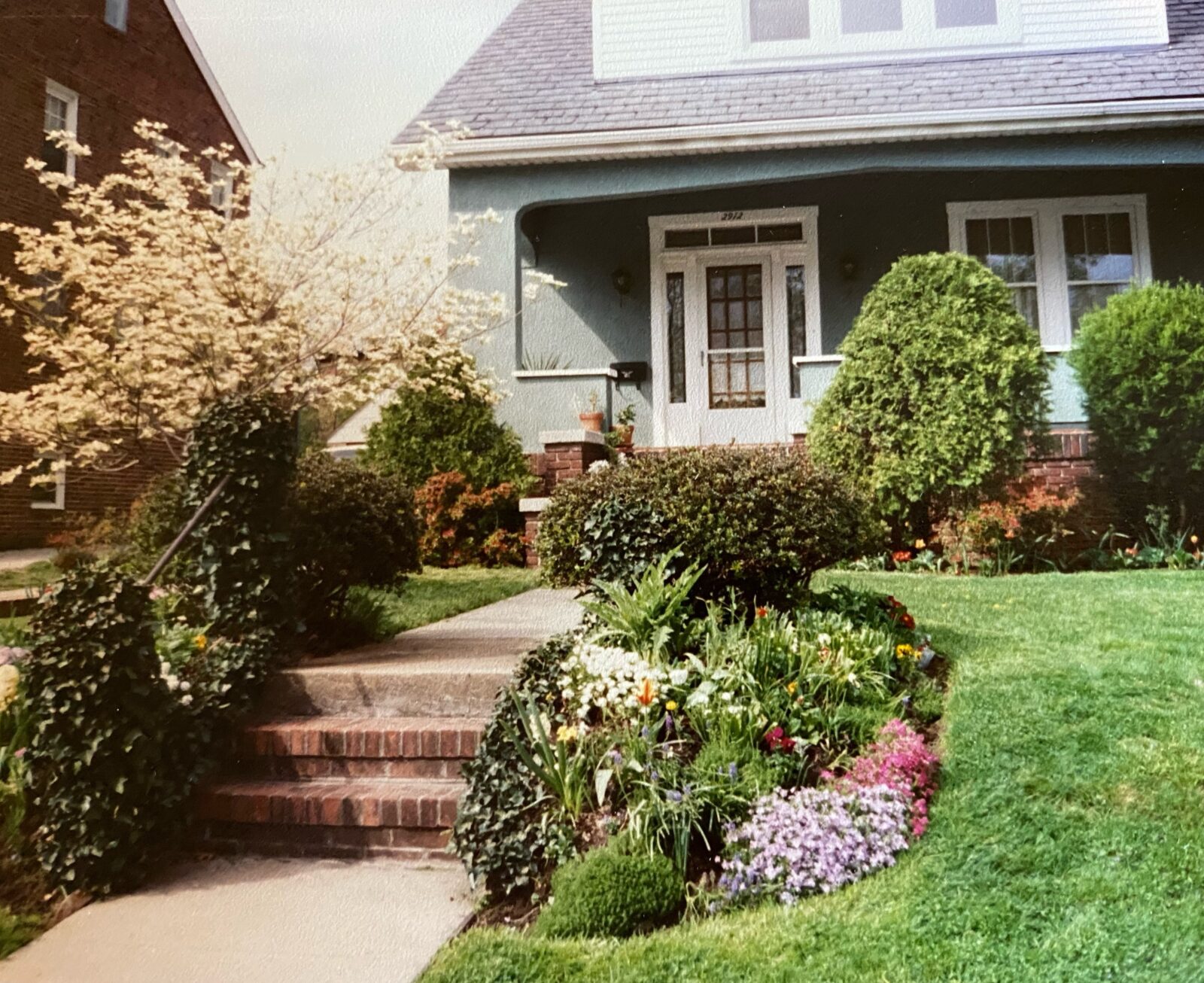
Mothers give us so much, but sometimes it takes a while for us to appreciate the gifts that we ca...
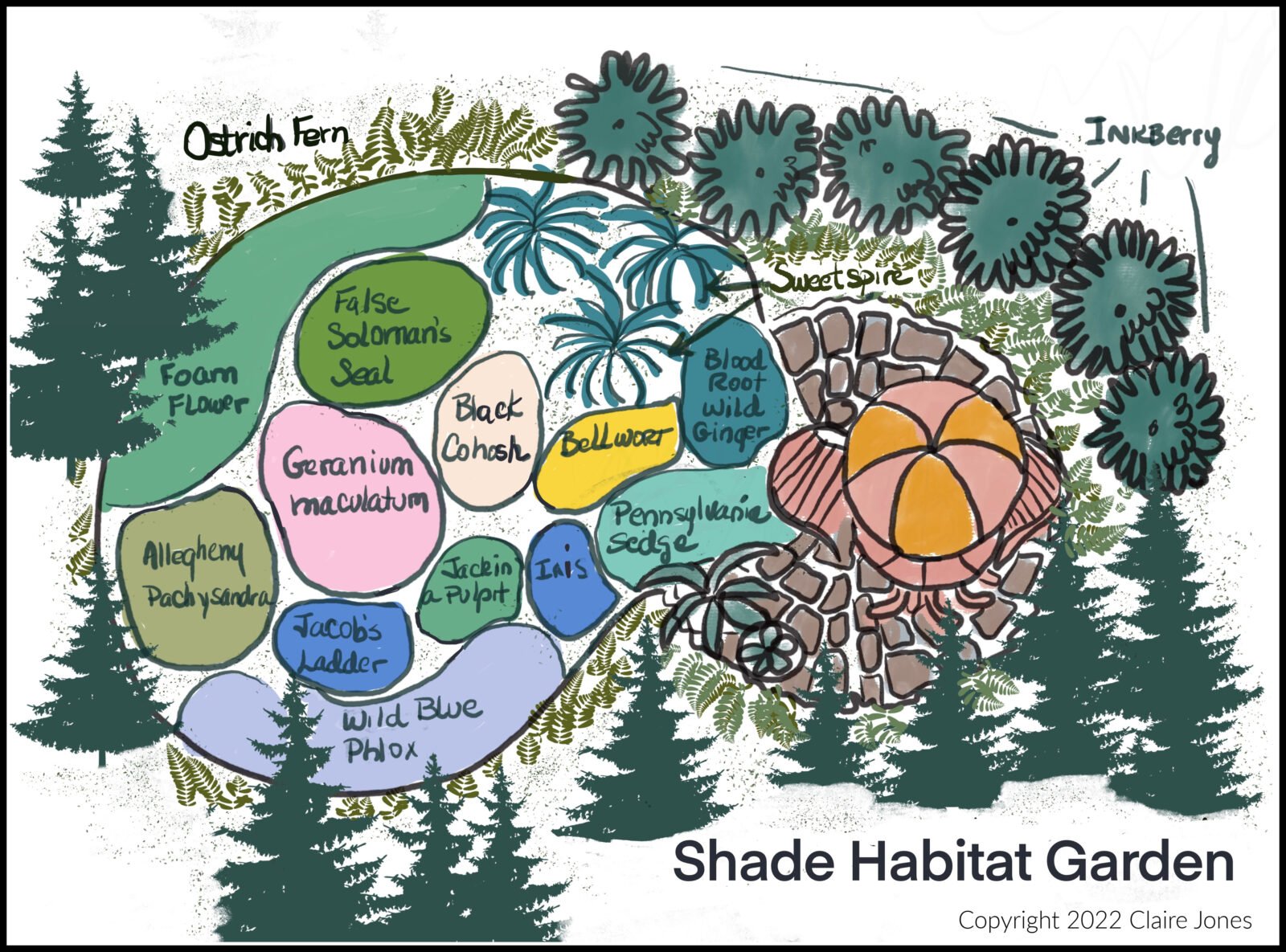
This is the second part of my Habitat Heroes Design series. The first part was a sunny garden of ...
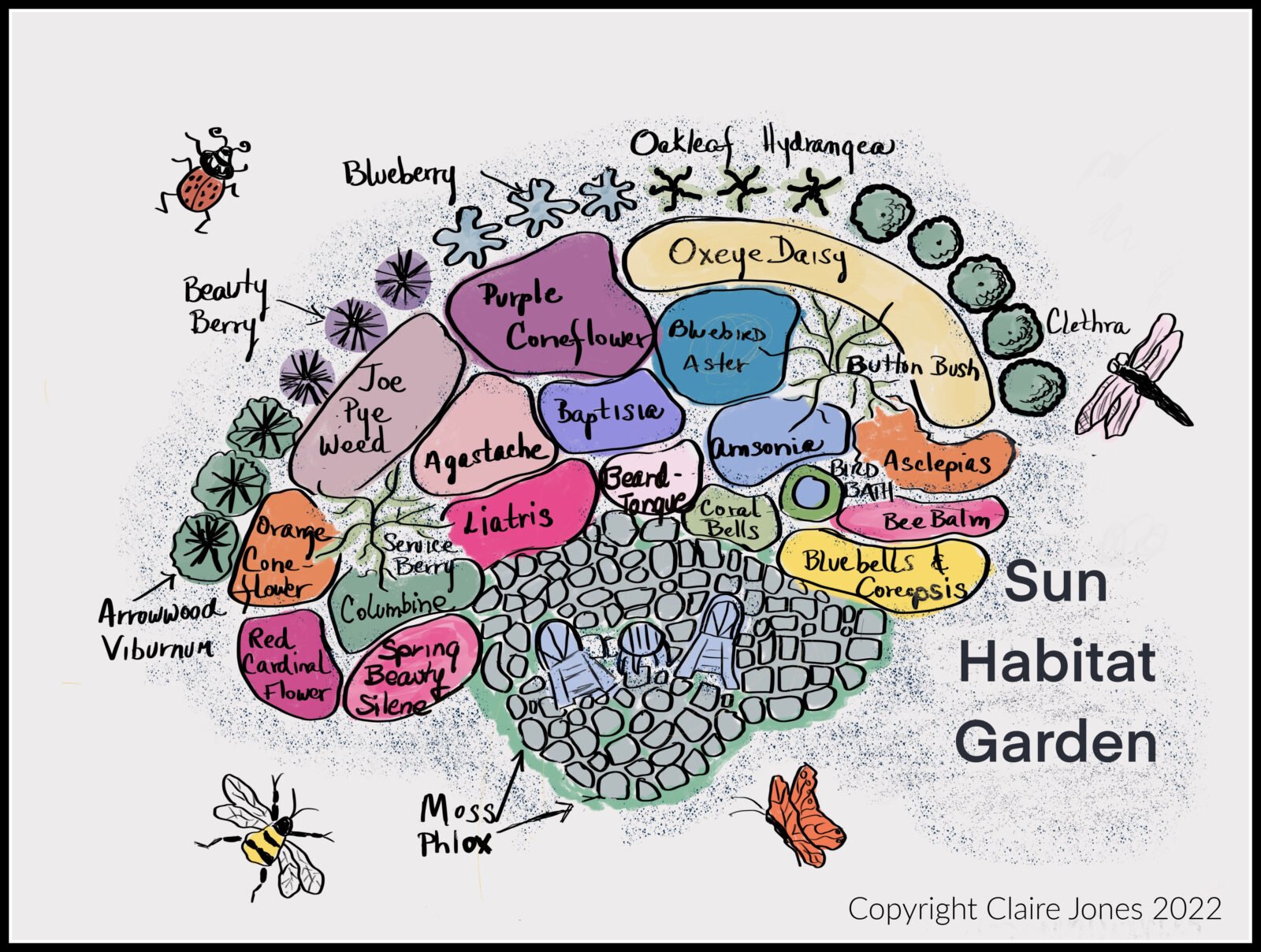
This blog post will cover how to design and install a Sunny “Habitat Hero Garden” with native...
Now Shipping for Spring 2024!